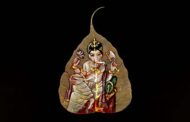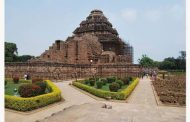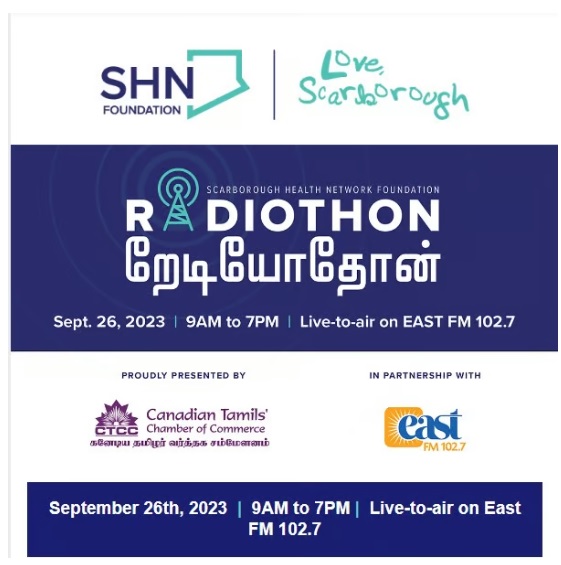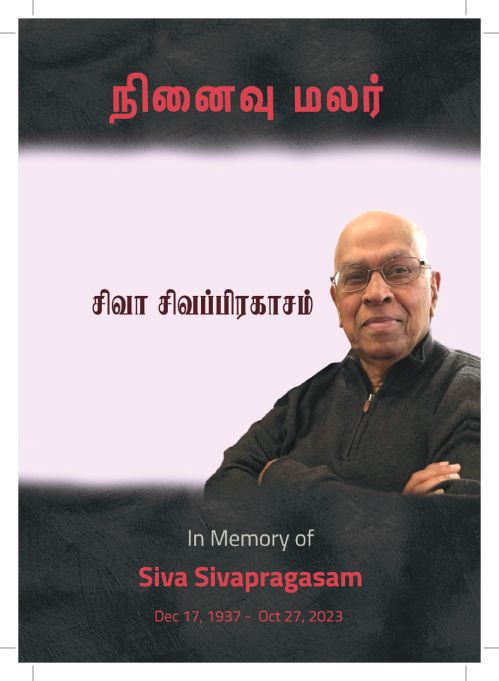By Danesh Thirukumaran
Sustaining a practice for longer than one generation is something to be applauded. Sustaining a practice for over 500 generations is almost incomprehensible.
Bharathanatyam, an ancient classical dance form stemming from Hindu temples in Southern India, has achieved such an incomprehensible feat. Embodying emotion, melody, rhythm, and dance, this solo expression of divinity intends to tell religious stories and express devotion.Its focus is to also enrich the values of the audience, who gain a greater understanding of Hindu culture. Despite its beauty, it has seen bouts of opposition, particularly during the British colonial era in the 19th and 20th centuries. However, its inherent soulful core empowered supporters of the dance to not only diminish its oppression, but also adapt the dance form outside of strictly temples and into a broader public spectacle. Its continued revival as a public demonstration was witnessedon July 30that Radha Pandya’s Bharathanatyam Arangetram at the Jo-Ann Magistro Performing Arts Center in East Brunswick, New Jersey.On an evening flooded with passion, Radha Pandya graced the stage as she blessed the audience with this over two millennia-long acclaimed art form.

Radha, a student at Piscataway High School, has a strong passion for the arts. Alongside Bharathanatyam, Radha was previously a member of the Rutgers Scarlet Knights Choir, currently is learning Carnatic music, and plays violin for her school’s Chamber Orchestra. In combination, these contribute to her diligence as seen at her Arangetram.

As Radha’s mother, Sanju Pandya, noted in her concluding speech of the evening, “[Radha’s] name signifies unconditional love, and she showed unconditional dedication to her dance journey.” Radha began herBharathanatyam journeyat the age of four through the wisdom imparted by Guru Srimathi Selvi Chandranathan, a renowned teacher and director of Bharata Kala Nrityakshetra. A goal of Guru Smt. Selvi Chandranathan is to bring her students closer to South Indian art and cultural traditions, which she undoubtedly did with Radha, whose complete sincerity was evident throughout the performance.

Paying homage to those who came before her,as well as fully expressing her identity wereprominent elements noticeable in Radha’s performance. In performing Chella Kanni Vayal, Radha profoundly displayed endearment toward Lord Murugan in his childlike form. Lord Murugan’s undiluted heart bestows sweetness and enrichens those who invoke his name in delight. Radha’s facial expressions, hand gestures, and swift yet deeply eloquent movements personified Lord Murugan’s pure goodness. This composition of Lord Murugan – whose abode lies within Nallur in Jaffna, Sri Lanka – was aptly written by Sri Veeramani Iyer, who was born in the Nallur-neighboring Inuvil. The selection of this song and timing of Radha’s performance is fitting, as the famous Nallur Kandaswamy Temple is holding its annual festival which starts August 2nd and will continue for the next 25 days. It can be said that Radha’s performance helped usher in such a majestic time in Nallur.

Continuing to fully express her identity, Radha performed Hari Tum Haro Jan Ki Peer. Meera Bai, the mystic poet behind this composition, ardently loved Lord Krishna and wanted to showcase how his love is evident for all his devotees. Radha avidly demonstrates two stories in which Lord Krishna indiscriminately loves all, as he saves both Draupadi from humiliation by the Kauravas and an elephant from the clutches of a crocodile. Radha, seemingly with all her heart, portrays each story with detailed expressions, ranging from misery to joy. She did not miss a beat as she masterfully assumed different roles, making it easy to understand the flow of the stories.

Radha’s devotion to Bharathanatyam, her Guru, and all those who have assisted her in her journey to the Arangetram was evident, as each individual performance during the program seemed to promote vibrancy within the audience. Radha found much assistance from her cousin, Harini Rajadeva, who completed her Arangetram earlier in July. They supported one another’s dancing journey, and even acted as each other’s Master of Ceremonies for their respective Arangetrams.

This performance would not have been possible without the orchestra, comprisedby Vocals from Smt.V Krupaa Lakshmi, Mridangam by Shri. Vasuthevan Rajalingam, Veena by Smt. Prabha Dayalan, Flute by Smt. Varshini Narayanan, and Nattuvangam by Guru Smt.Selvi Chandranathan. This talented group of individuals together can be acknowledged as the musical version of the popular Marvel Avengers, as Ketan Pandya, Radha’s father, noted in his speech. She duly did her parents, Ketan and Sanju Pandya, as well as her grandparents, Bhagvati and Manjula Pandya, and Velumailum and Punitharani Sathianathan proud. The program was followed by a delicious and fragrant meal from Arusuvai ChettinadRestaurant.

South Indian and Hindu culture continues to progress into new eras, interestingly in this generation as many families immigrated across the world from their native homelands. Radha’s beautiful performance deepening herself and the audience portrays how rich the culture is and how it will continue to thrive in the future.
This article appears in the August 2022 issue of Monsoon Journal














